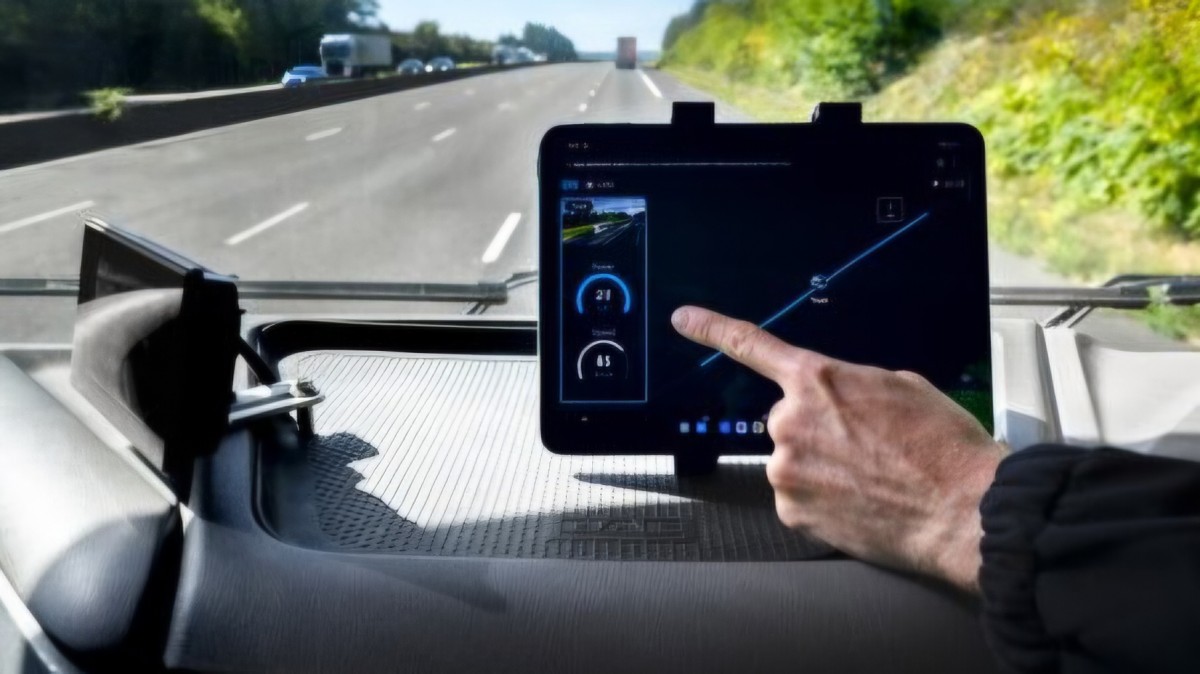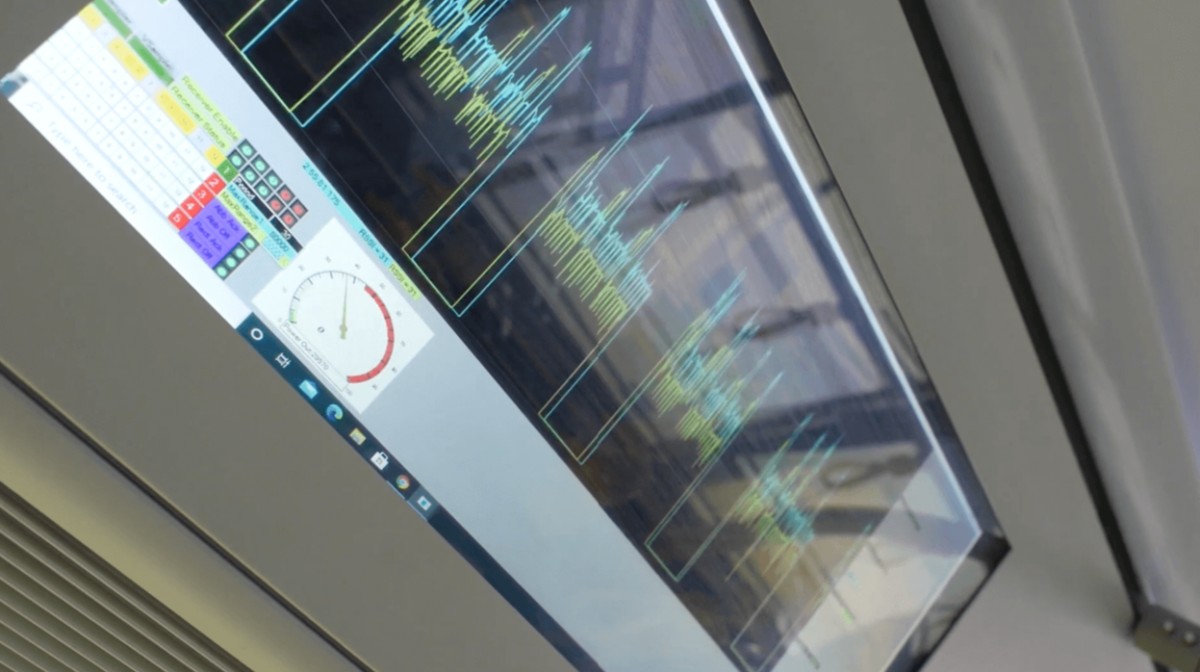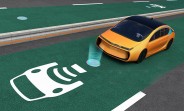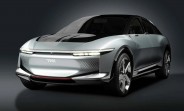France tests highway that charges electric cars as they drive
For many drivers, thinking about electric cars brings up one big worry: the battery. How far can it go? Where will I charge? How long will I have to wait? This "range anxiety" is the main reason many people still stick with gasoline. But what if you didn't have to stop to charge? What if your car could charge while you were driving on the highway? This isn't science fiction anymore. A new test on a public motorway in France is proving it's possible, and it's actually quite fast.
This groundbreaking trial is happening on a 1.5-kilometer (just under a mile) stretch of the busy A10 motorway outside of Paris. The project, led by VINCI Autoroutes, brings together several partners, including the tech company Electreon, Gustave Eiffel University, and Hutchinson.
Far from being a closed test track with perfect conditions, the team modified four different EVs - a semi-truck, a box van, a regular passenger car, and a bus - and sent them into real-life traffic. The goal was to see if dynamic wireless charging, technology embedded right in the road, could work in the real world.

The results are eye-opening to say the least. The system successfully transferred energy to the moving vehicles at a peak rate of over 300 kW, with the average power hovering just over 200 kW. That's a lot of power - 300 kW is in the same league as the newest, most powerful plug-in stations, like Tesla's V3 Superchargers.
At that speed, a driver could add a meaningful amount of range in just a few minutes. The difference here is monumental: the driver does nothing. The car just drives over the special lane, and the battery fills up. This technology could solve the biggest problem holding back electric cars: the battery itself.
Today, to get a long range, EVs need massive, heavy, and expensive battery packs that use a lot of raw materials, drive up the car's price, and make the vehicle less efficient because it's always hauling around hundreds of pounds of extra weight. If EVs could "sip" power from the road as they drive, they wouldn't need to carry all their energy with them. They could use much smaller, lighter, and cheaper batteries.

And this isn't just a theory. Electreon has already proven this model works in a project with public buses in Tel Aviv, Israel. By installing this in-road wireless charging at strategic points along the bus routes, the company was able to make a radical change. The electric buses, which originally needed huge 400 kWh batteries, now run with batteries that are about 45 kWh. That's a reduction of nearly 90% in battery size, weight, and cost, all without forcing the buses to stop and waste time at a depot charger.
Besides solving the battery problem, the in-road system has other major perks. It's built into the pavement, so there are no moving parts to break or freeze. The system uses magnetic fields to transfer power, and it works perfectly in heavy rain, snow, or ice. It improves reliability and safety since drivers don't have to get out in the middle of a rainstorm to handle a high-voltage cable or risk slipping on ice at a charging station.
With transport causing one-third of greenhouse gas emissions in France alone, this technology could be vital for cleaning up the trucking industry. The companies that took part in this trial haven't said what the next step is, but proving that a bus, a truck, and a car can all share the same charging road shows the technology is ready for a much bigger future.
Reader comments
- Anonymous
- xIA
They did this with trucks in Germany years ago Can't remember how it ended though
- Anonymous
- Jyx
Sweden or Finland have 3/4 of unpaved roads. So basically these charging roads are out of question there or limited to public transportation within cities, despite them being very rich countries.



Facebook
Twitter
Instagram
RSS
Settings
Log in I forgot my password Sign up